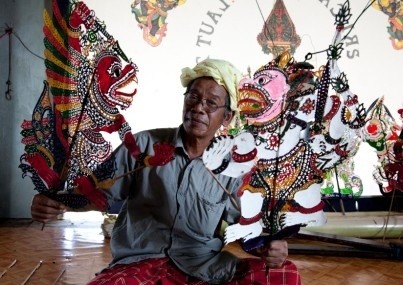
Kuala Lumpur is multicultural and traveler-friendly, with a good mix of international and exotic character. Few cities have so many thriving groups of ethnic and religious minorities living under one banner. Visitors find the cultural mores as easy to navigate as the city's first-rate public transportation network.
There is a high level tolerance for foreign rules and etiquette in this multicultural city. The most important thing to avoid is public affection, which is frowned on between all couples whether they're dating or married. The only other item likely to elude Western travelers is the need to remove shoes before entering a temple or private residence.
Alcohol is frowned on in Muslim society but is still widely available as Malaysian culture welcomes people from all walks of life. Tipping is not routine when dining out in Kuala Lumpur though upscale restaurants may include a 10 percent service charge.
The Malaysian ringgit (MYR) is the local currency. Travelers have ample opportunity to exchange currency, with moneychangers in local shopping areas offering more competitive rates than those in banks, hotels or the airport.
Cash is essential in the market stalls of Chinatown and Little India, though travelers won't have to go far to find an ATM. Credit cards are widely accepted at large department stores, international restaurants and in many upscale boutiques.
Kuala Lumpur is not far north of the equator, and the weather remains warm and humid throughout the year. It is important to stay well hydrated and plan midday retreats into air-conditioned havens like shopping malls, cinemas and museums.
Rainfall peaks from March to April and again from September to November. The difference at this time isn't so severe as to make travel unadvisable. Instead, these rainy months are often slightly cooler and can be more comfortable for travelers. In any event, it's wise to carry an umbrella in any season, as sporadic downpours are always possible.
The most convenient means of getting around is by taxi, which can be affordably chartered to any destination in the metropolitan area. It is best to insist that drivers use the meter. The public bus system, headlined by Rapid KL lines, has become more accessible in recent years, but the easiest means of getting around is still the light rail transit (LRT), with routes connecting all the major districts and suburbs.
There are several rail connections from Kuala Lumpur International Airport (KUL) to the city center. The KLIA Ekspres is the most convenient, connecting in less than 30 minutes, while the KL Transit train takes just a few extra minutes. Airport shuttle buses can get to the city center in an hour, and taxis are widely available outside Arrivals.
Population: 1,810,000
Spoken languages: Malay, English, Mandarin, Cantonese
Electrical: 220-240 Volts, 50 Hertz
Phone/calling code: +60